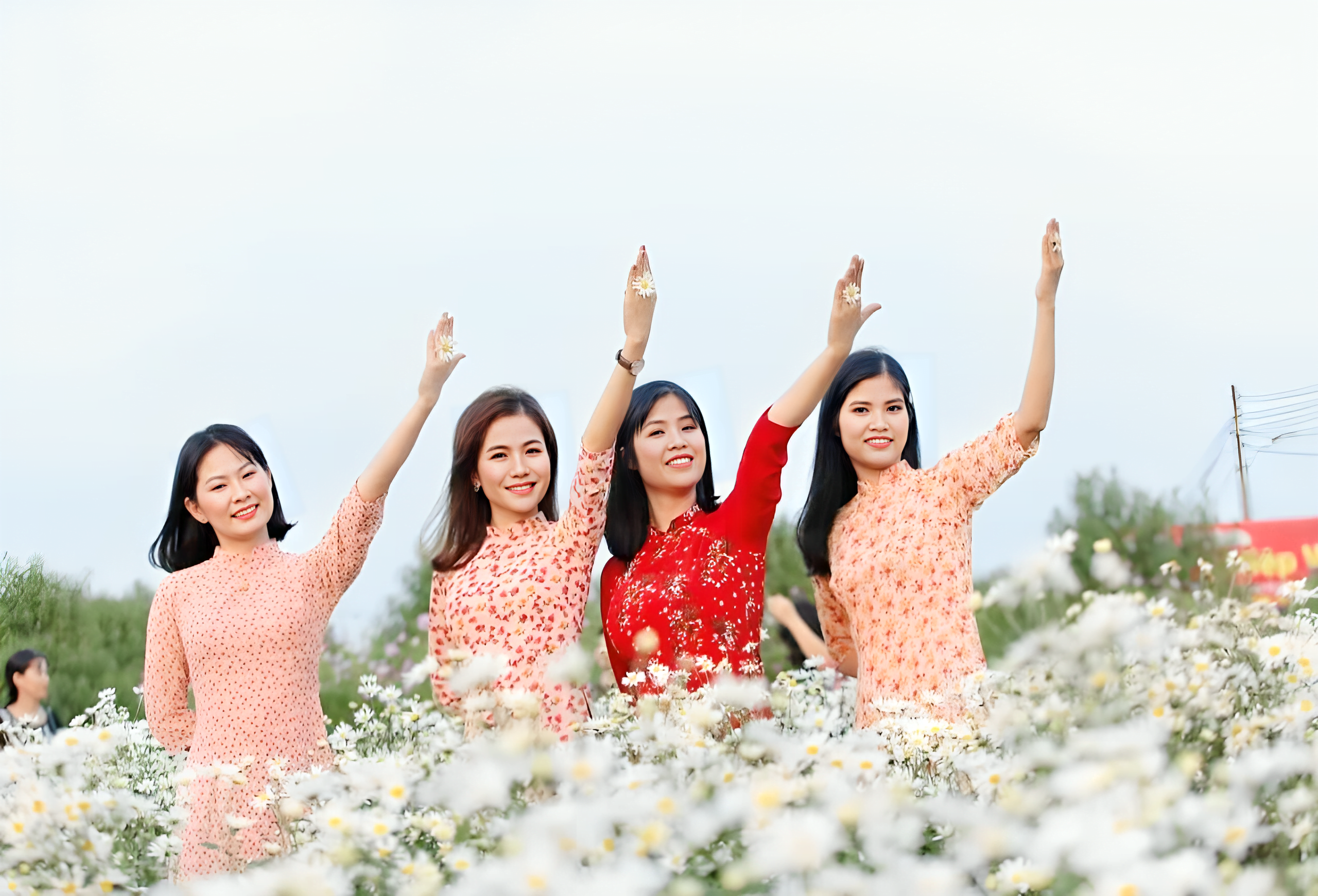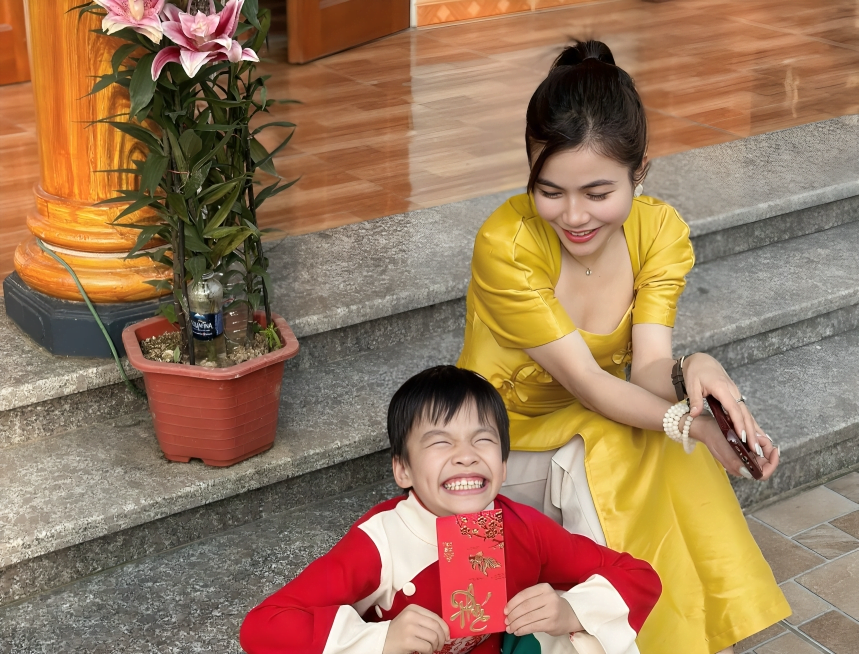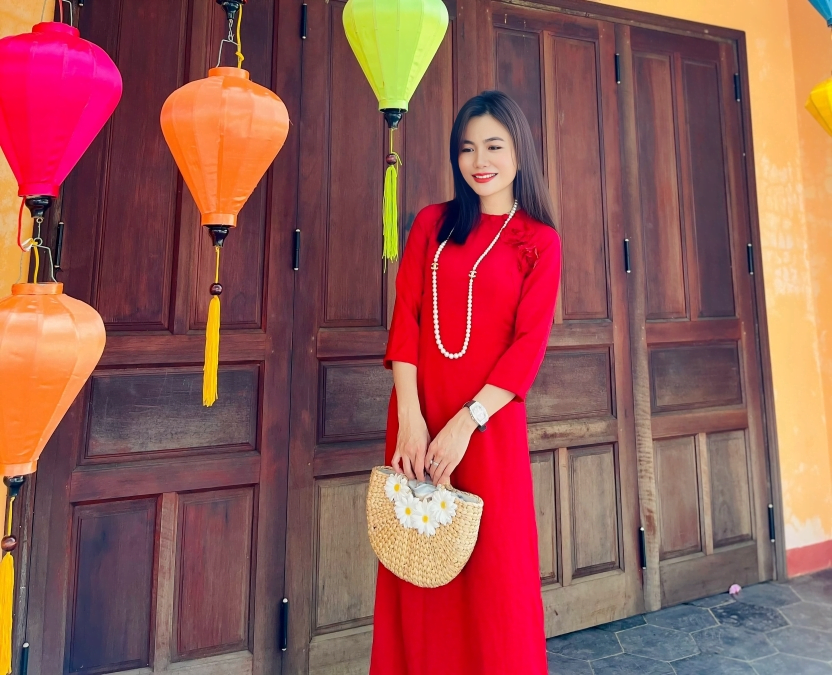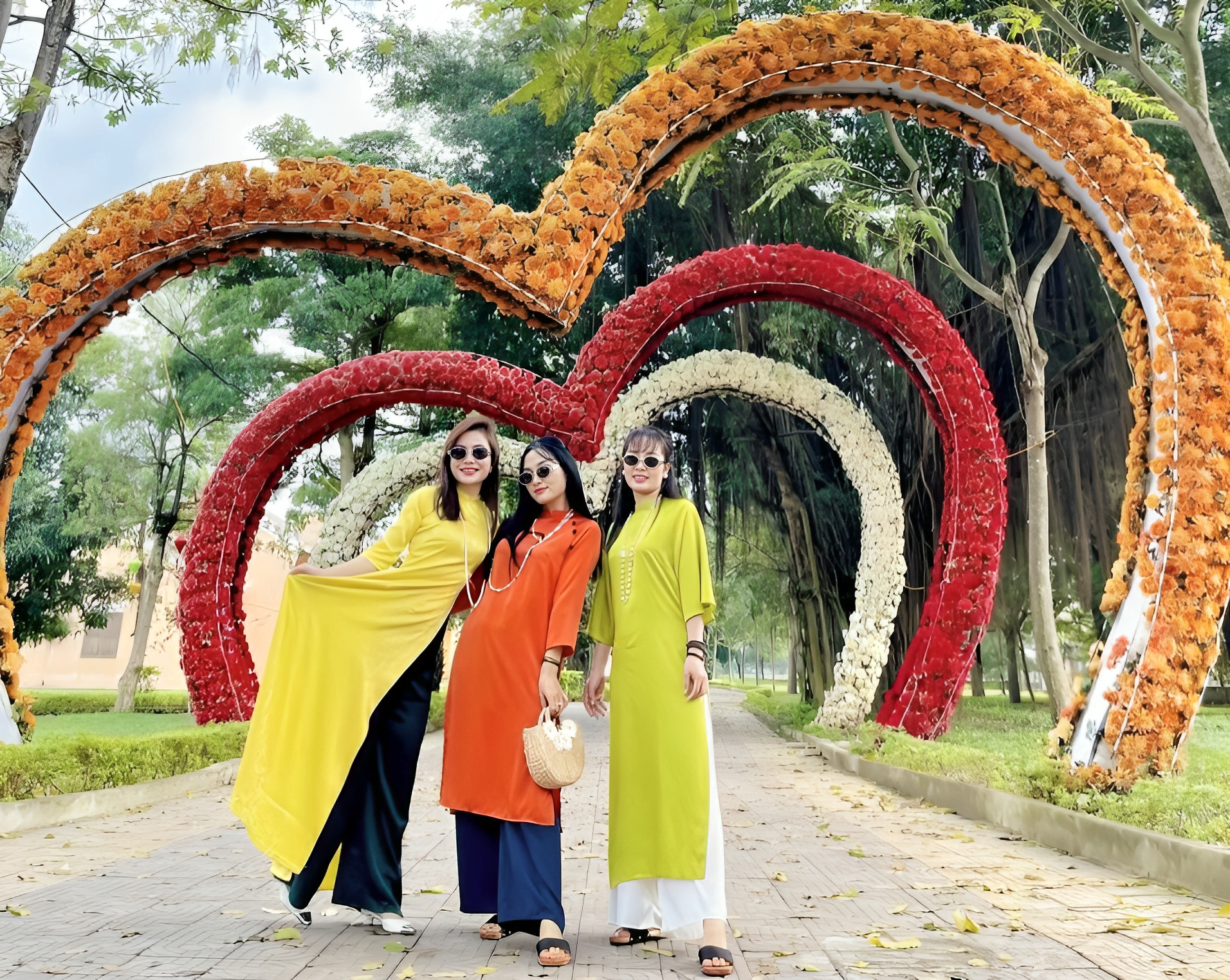Overview of Northern Vietnam’s Cultural Richness
Northern Vietnam is a mosaic of cultural diversity, boasting a long history that spans thousands of years. This region is renowned for its scenic landscapes, from the majestic mountains of Sapa to the tranquil waters of Ha Long Bay. The cultural heritage of Northern Vietnam is equally breathtaking, with its myriad ethnic groups, each contributing to a rich tapestry of traditions, customs, and arts. The traditional dress of Northern Vietnam, particularly the Ao Dai and the Conical Hat, encapsulates the essence of this cultural heritage, serving as a symbol of the region’s identity and history.
Importance of Traditional Dress in Cultural Identity
Traditional dress in Northern Vietnam is more than mere attire; it is a vital expression of cultural identity and a medium through which stories of the past are told. These garments are imbued with meaning, reflecting the social, cultural, and historical contexts from which they originate. The Ao Dai and the Conical Hat, in particular, are emblematic of Vietnamese culture, representing grace, resilience, and the ingenuity of the Vietnamese people. They are worn during important ceremonies, festivals, and daily life, underscoring their integral role in maintaining and celebrating cultural heritage.

The Ao Dai: An Elegant Symbol of Vietnamese Culture
Historical Background and Evolution
The Ao Dai, a quintessential symbol of Vietnamese culture, has a storied history that dates back to the 18th century. Its origins can be traced to the court of the Nguyen Lords, where it evolved from earlier forms of dress worn by Vietnamese women. The Ao Dai has undergone numerous transformations over the centuries, influenced by various cultural and political changes. During the French colonial period, the Ao Dai was modernized with the introduction of Western tailoring techniques, resulting in the form-fitting, elegant silhouette that we recognize today. Despite these changes, the Ao Dai has remained a steadfast symbol of Vietnamese identity, reflecting the nation’s adaptability and enduring cultural pride.
Design and Craftsmanship
The design of the Ao Dai is characterized by its long, flowing lines and graceful silhouette, which are both elegant and modest. Traditionally, the Ao Dai consists of a long tunic with slits on either side, worn over loose-fitting trousers. The craftsmanship involved in creating an Ao Dai is meticulous, requiring skill and attention to detail. Skilled artisans use luxurious fabrics such as silk, brocade, and velvet, often adorned with intricate embroidery and hand-painted motifs. The choice of colors and patterns can vary, with each design carrying specific cultural or symbolic meanings.

Significance in Various Ceremonies and Daily Life
The Ao Dai is worn on numerous occasions, from formal ceremonies to everyday life, reflecting its versatility and cultural significance. During Tet, the Vietnamese New Year, women don brightly colored Ao Dais to celebrate the occasion. The Ao Dai is also a staple at weddings, where it is often custom-made to reflect the bride’s personal style and the significance of the event. In daily life, the Ao Dai is worn by students, particularly girls in high school, as part of their school uniform, symbolizing purity and youth. The continued use of the Ao Dai in various aspects of life highlights its enduring cultural relevance and significance.
Modern Adaptations and Global Influence
In contemporary times, the Ao Dai has transcended its traditional roots, finding a place on the global fashion stage. Modern designers have reinterpreted the Ao Dai, experimenting with new fabrics, colors, and cuts while preserving its iconic silhouette. These adaptations have made the Ao Dai a popular choice for fashion shows and international events, showcasing Vietnamese culture to a global audience. The Ao Dai’s ability to evolve while maintaining its cultural essence underscores its timeless appeal and significance in both traditional and modern contexts.
The Conical Hat: Timeless and Practical
Origins and Historical Significance
The Conical Hat, known as “Non La” in Vietnamese, is another iconic symbol of Vietnam, with a history that dates back over 3,000 years. The earliest depictions of the Conical Hat can be found on ancient bronze drums from the Dong Son culture, indicating its long-standing presence in Vietnamese history. The Non La is believed to have been inspired by the natural surroundings of Vietnam, particularly the shape of the lotus leaf. Over time, the Conical Hat has become a symbol of Vietnamese identity, representing the agrarian lifestyle and the ingenuity of the Vietnamese people.

Crafting the Conical Hat: Techniques and Materials
The crafting of the Conical Hat is an art form in itself, requiring skill and patience. The hats are typically made from palm leaves, bamboo, and bark from the Moc tree, materials that are abundant in Vietnam. The process begins with selecting and drying the leaves, which are then carefully shaped and stitched onto a bamboo frame. The craftsmanship involved in making a Non La is intricate, with artisans often spending several days to complete a single hat. The result is a lightweight, durable, and waterproof hat that is both functional and aesthetically pleasing.
Symbolism and Cultural Importance
The Conical Hat is deeply embedded in Vietnamese culture, symbolizing simplicity, resilience, and the close connection between the Vietnamese people and their natural environment. It is often depicted in Vietnamese art and literature, symbolizing the grace and beauty of Vietnamese women. The Non La is also a practical item, providing protection from the sun and rain, making it an indispensable part of daily life for many Vietnamese people, particularly farmers and market vendors. Its enduring presence in Vietnamese culture underscores its significance as a symbol of cultural identity and tradition.
Usage in Contemporary Fashion and Daily Life
In contemporary fashion, the Conical Hat has maintained its cultural significance while also being adapted for modern use. It is a common sight in rural areas, where it continues to serve its practical purpose. In urban settings, the Non La is often seen at cultural events and festivals, worn as a symbol of national pride. Fashion designers have also incorporated the Conical Hat into their collections, experimenting with new materials and designs to create contemporary interpretations of this traditional item. The Non La’s ability to adapt while retaining its cultural essence makes it a timeless symbol of Vietnamese heritage.
Cultural Identity Through Traditional Dress

How Traditional Dress Reflects Regional Identity
Traditional dress in Northern Vietnam is a reflection of regional identity, with each ethnic group having its own distinct attire that symbolizes its cultural heritage. The Ao Dai and the Conical Hat, while widely recognized as national symbols, also have regional variations that reflect the unique traditions and customs of different communities. For instance, the Ao Dai in Northern Vietnam is often more conservative and features subdued colors, reflecting the region’s historical and cultural influences. These regional variations in traditional dress highlight the diversity and richness of Vietnamese culture, emphasizing the importance of preserving and celebrating these unique identities.
The Role of Traditional Dress in Festivals and Rituals
Traditional dress plays a crucial role in festivals and rituals, serving as a visual representation of cultural identity and continuity. During important festivals such as Tet and Mid-Autumn Festival, people don traditional attire to honor their ancestors and celebrate their cultural heritage. Traditional dress is also worn during significant life events, such as weddings and funerals, symbolizing respect and adherence to cultural customs. The use of traditional dress in these contexts underscores its importance in maintaining cultural continuity and fostering a sense of community and belonging.
Preservation Efforts and Cultural Revival
In recent years, there has been a growing movement to preserve and revive traditional dress in Northern Vietnam. Efforts to document and promote traditional crafting techniques, such as those used in making the Ao Dai and Conical Hat, are helping to ensure that these cultural practices are not lost. Cultural festivals and fashion shows that feature traditional dress are also playing a role in raising awareness and appreciation for Vietnam’s cultural heritage. These preservation efforts are vital in maintaining the cultural identity of Northern Vietnam, ensuring that future generations can continue to connect with their heritage through traditional dress.
Conclusion
Summary of the Cultural Significance of Ao Dai and Conical Hats
The Ao Dai and the Conical Hat are more than just traditional garments; they are powerful symbols of Vietnamese culture and identity. The Ao Dai, with its elegant design and historical significance, reflects the grace and resilience of the Vietnamese people. The Conical Hat, with its practical design and deep cultural roots, symbolizes the close connection between the Vietnamese people and their natural environment. Together, these traditional items encapsulate the essence of Vietnamese culture, highlighting the importance of preserving and celebrating these cultural treasures.
The Future of Traditional Dress in Northern Vietnam
As Northern Vietnam continues to modernize, the future of traditional dress will depend on the efforts to preserve and adapt these cultural symbols. The continued promotion of traditional crafts and the integration of traditional dress into contemporary fashion are crucial in ensuring that the Ao Dai and the Conical Hat remain relevant in modern society. By embracing these stylish traditions, Northern Vietnam can maintain its cultural heritage while also showcasing its rich history and identity to the world. The future of traditional dress in Northern Vietnam is bright, with a renewed focus on preserving and celebrating these iconic symbols of cultural identity.
Learn more about áo dài – https://vietnam.travel/things-to-do/ao-dai-vietnam
More from NewsBuzz1 – America’s Darkest Hour in Vietnam

